Chapter 11 Politics and Technology
1) Which of the following terms best encompasses the impact of the Internet and cellular technology on American politics?
A) modest
B) regressive
C) neutral
D) slow
E) revolutionary
Answer: E
Section: The Modern Technological Revolution: The Internet and Cellular Technology
Bloom’s: Remember
Accessibility: Keyboard Navigation
Chapter: Chapter 11: Politics and Technology
Texas Standards: Texas LO-05. Evaluate the role of public opinion, interest groups, and political parties in the political system.
2) The modern media revolution began with the advent of
A) television.
B) radio.
C) social networking.
D) the Internet.
E) cellular technology.
Answer: D
Section: The Modern Technological Revolution: The Internet and Cellular Technology
Bloom’s: Remember
Accessibility: Keyboard Navigation
Chapter: Chapter 11: Politics and Technology
Texas Standards: Texas LO-05. Evaluate the role of public opinion, interest groups, and political parties in the political system.
3) The ability of cellular technology to make the Internet portable and constantly available has been revolutionary. Approximately what percentage of American adults own a smartphone today?
A) less than 20 percent
B) nearly 25 percent
C) almost 35 percent
D) nearly 50 percent
E) over 70 percent
Answer: E
Section: The Modern Technological Revolution: The Internet and Cellular Technology
Bloom’s: Remember
Accessibility: Keyboard Navigation
Chapter: Chapter 11: Politics and Technology
Texas Standards: Texas LO-05. Evaluate the role of public opinion, interest groups, and political parties in the political system.
4) Unequal access to computer technology is known as
A) the digital divide.
B) hacktivism.
C) Foursquare.
D) netroots.
E) Net neutrality.
Answer: A
Section: The Modern Technological Revolution: The Internet and Cellular Technology
Bloom’s: Remember
Accessibility: Keyboard Navigation
Chapter: Chapter 11: Politics and Technology
Texas Standards: Texas LO-05. Evaluate the role of public opinion, interest groups, and political parties in the political system.
5) Approximately what percentage of American adults use the Internet today?
A) 30 percent
B) 50 percent
C) 70 percent
D) 80 percent
E) almost 90 percent
Answer: E
Section: The Modern Technological Revolution: The Internet and Cellular Technology
Bloom’s: Remember
Accessibility: Keyboard Navigation
Chapter: Chapter 11: Politics and Technology
Texas Standards: Texas LO-05. Evaluate the role of public opinion, interest groups, and political parties in the political system.
6) Among Americans aged 18–29, what percentage use the Internet?
A) 48 percent
B) 58 percent
C) 81 percent
D) 93 percent
E) 98 percent
Answer: E
Section: The Modern Technological Revolution: The Internet and Cellular Technology
Bloom’s: Remember
Accessibility: Keyboard Navigation
Chapter: Chapter 11: Politics and Technology
Texas Standards: Texas LO-05. Evaluate the role of public opinion, interest groups, and political parties in the political system.
7) Which of the following is a factor in the digital divide?
A) earnings levels
B) access to high-speed Internet
C) geography
D) consumer disability
E) All of these answers are correct.
Answer: E
Section: The Modern Technological Revolution: The Internet and Cellular Technology
Bloom’s: Remember
Accessibility: Keyboard Navigation
Chapter: Chapter 11: Politics and Technology
Texas Standards: Texas LO-05. Evaluate the role of public opinion, interest groups, and political parties in the political system.
8) Which of the following has been most instrumental in decreasing the income-based digital divide?
A) wired broadband technology
B) Internet technology
C) access to high-speed services
D) unlimited data plans
E) cellular technology
Answer: E
Section: The Modern Technological Revolution: The Internet and Cellular Technology
Bloom’s: Understand
Accessibility: Keyboard Navigation
Chapter: Chapter 11: Politics and Technology
Texas Standards: Texas LO-05. Evaluate the role of public opinion, interest groups, and political parties in the political system.
9) Which of the following statements about who uses the Internet most is accurate?
A) Internet usage is skewed toward older, high-income earners.
B) Because of its universality, there is no correlation between educational attainment and Internet use.
C) The younger the person, the more likely they are to use the Internet.
D) Cellular technology has not yet had an impact on who connects to the Internet.
E) All of these answers are correct.
Answer: C
Section: The Modern Technological Revolution: The Internet and Cellular Technology
Bloom’s: Understand
Accessibility: Keyboard Navigation
Chapter: Chapter 11: Politics and Technology
Texas Standards: Texas LO-05. Evaluate the role of public opinion, interest groups, and political parties in the political system.
10) Who of the following would be most likely to use the Internet?
A) a 65-year-old African American man from a large city
B) a 25-year-old, college-educated Hispanic female from the suburbs
C) a white, middle-aged farm worker from a small agricultural town
D) a 30-year-old, white urban dweller without a high-school diploma
E) a 70-year-old, white high-school graduate from the suburbs
Answer: B
Section: The Modern Technological Revolution: The Internet and Cellular Technology
Bloom’s: Apply
Accessibility: Keyboard Navigation
Chapter: Chapter 11: Politics and Technology
Texas Standards: Texas LO-05. Evaluate the role of public opinion, interest groups, and political parties in the political system.


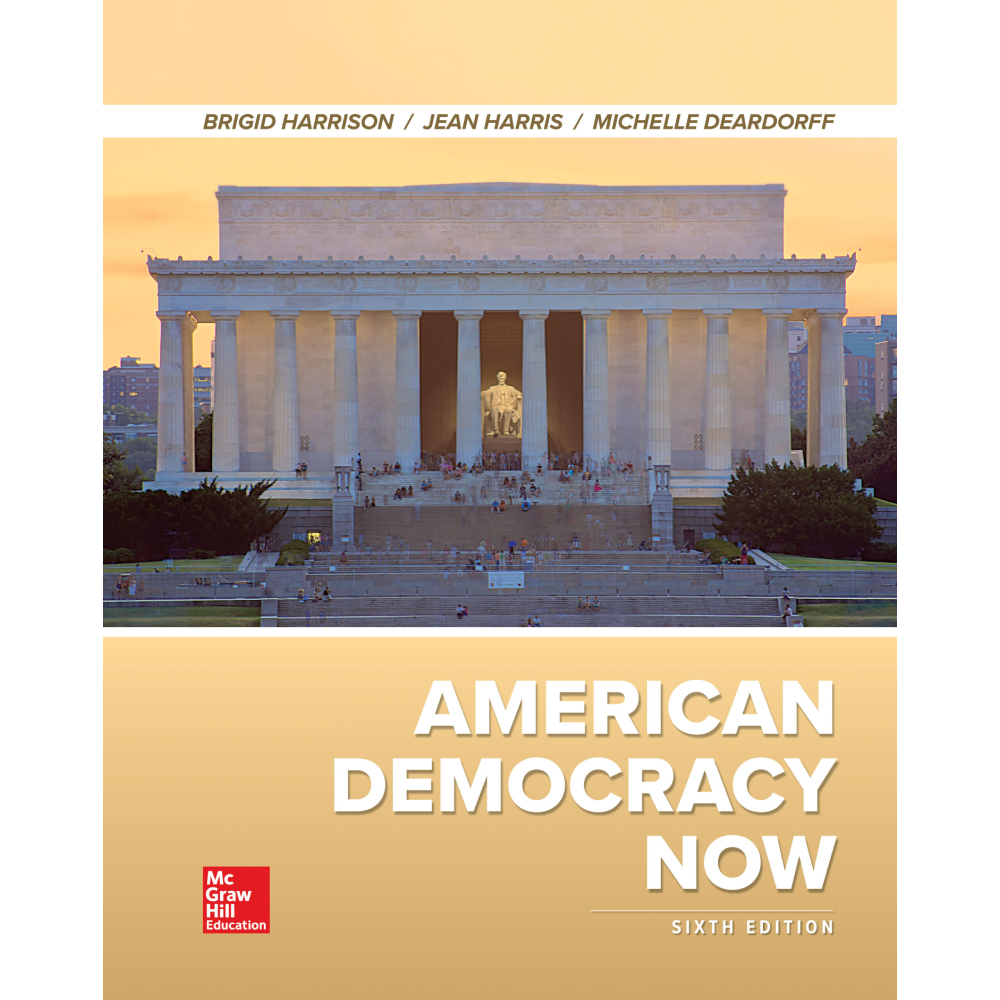

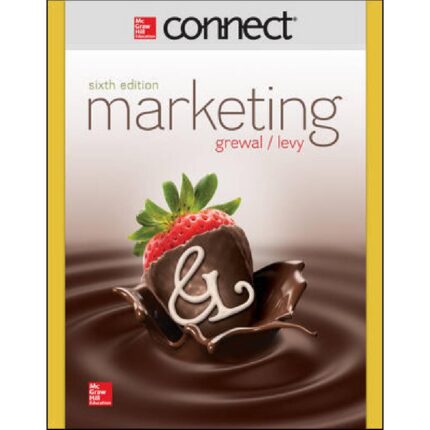




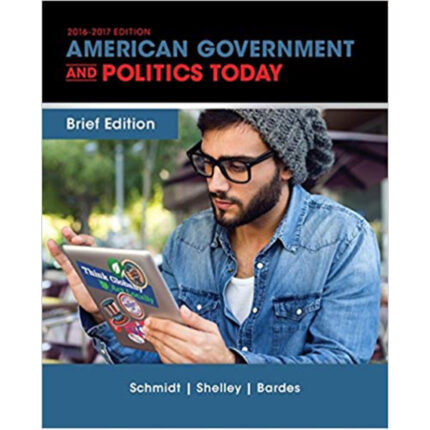
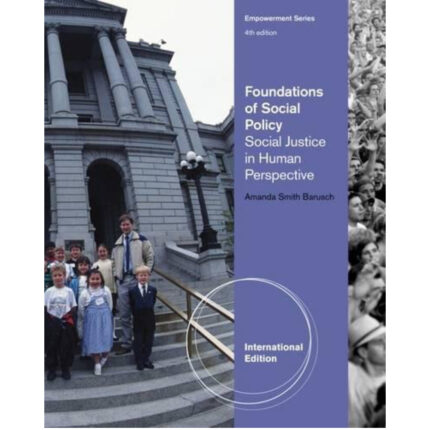
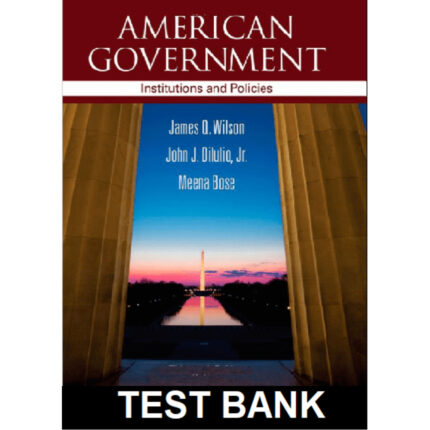

Reviews
There are no reviews yet.